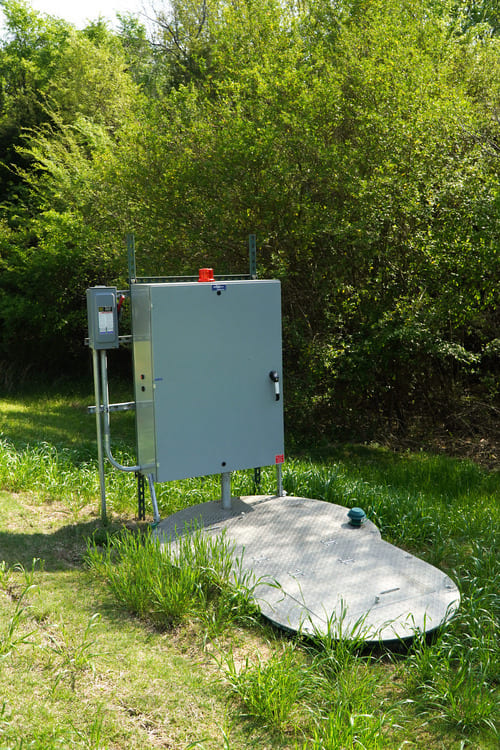Technology and tools in the construction industry are always evolving to become more efficient and precise. The integration of an efficient electrical system in a construction project is more critical than ever.
Incorporating a resilient electrical framework is about more than just powering a space– it’s a fundamental aspect of ensuring safety, functionality, and modern living standards.
Ensuring safety and compliance
Integrating an electrical system right from the outset of a construction project is necessary for ensuring safety and compliance with building codes and regulations.
Proper electrical design and installation reduce the risk of electrical faults, fires, and other hazards. Adhering to industry standards guarantees that the constructed space meets the required safety benchmarks, providing peace of mind for occupants and builders alike.

Powering residential spaces
For residential construction, a well-designed electrical system is the lifeblood of modern living. It encompasses the wiring, outlets, switches, lighting fixtures, and appliances that make a home functional and comfortable.
Careful planning during the construction phase ensures that the electrical system seamlessly integrates with the architectural design, offering residents a safe and efficient environment.
Electrical systems in commercial spaces
In commercial construction, the electrical system is essential to business operations. Lighting and heating, plus sophisticated machinery and computer systems, require a properly-designed and -installed electrical system.
Incorporating an electrical plan that aligns with the unique needs of the commercial space facilitates smooth operations, supporting technology integration and contributing to overall energy efficiency.
Key considerations in electrical system integration
Load calculation
Determining load requirements is a critical first step. This involves assessing the power needs of the space, being sure to factor in things like lighting, appliances and machinery, HVAC systems, and any other devices dependent on electrical power.
Code compliance
Staying current with local electrical codes and regulations helps to keep a project safe and efficient. Compliance ensures that the construction project meets safety standards, avoiding potential legal issues.
Future-proofing
Anticipating future electrical needs is a wise strategy. Including provisions for potential expansions or technological advancements helps to keep a system around for the long run and adaptable to whatever changes might come its way.
Energy efficiency
Sustainable construction practices often involve energy-efficient electrical solutions. Incorporating LED lighting, smart home technologies, and energy-efficient appliances can contribute to reduced energy consumption.

Safety measures
Proper grounding
An electrical system must be properly grounded– it’s a fundamental safety measure. Grounding helps to prevent electrical shocks, and reduces the risk of fire.
Quality materials
The electrical system is not the place to skimp on material costs. High-quality electrical materials and components are necessary for the durability and reliability of the system. Inferior materials can lead to serious malfunctions and even safety hazards.
Regular inspection
Periodic inspections, both during and after construction, help to identify potential issues before they escalate. Thorough testing, and inspections by certified electricians, contribute to the longevity and safety of the electrical system.
Integration of smart technologies
Thanks to the continual development of smart technologies, incorporating tech into electrical systems is becoming increasingly common.
This includes smart lighting, security systems, energy management, and home automation. Planning for these technologies during construction can help to ensure seamless integration and enhance the overall functionality of the space.
An essential element
The inclusion of an electrical system in construction projects is not merely a technical requirement but a crucial element that defines the safety, functionality, and efficiency of a space.
Whether it’s a residential project or a large-scale commercial building, careful consideration, compliance with codes, and prioritizing safety measures helps to ensure a reliable electrical infrastructure that meets the diverse needs of modern living and business operations.
At RedStone, we’re on the lookout for hard workers who prioritize safety and quality. If that describes you, take a look at our careers page to look at our current available openings!


Recent Comments